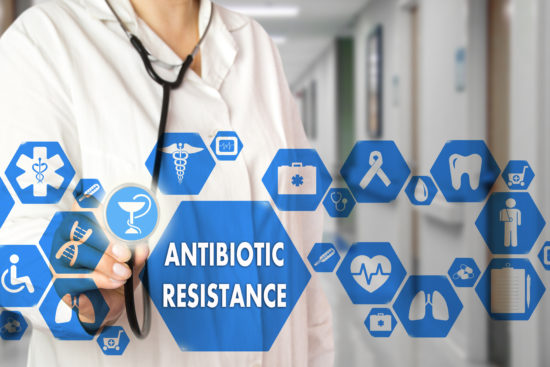Using a One Health approach to tackle antimicrobial resistance
An extremely complex mix of factors involving humans, animals, plants and their environments drive the emergence and spread of AMR.
Incorrect and/or prolonged use of antimicrobials for clinical treatment in humans, animals, aquatic species and plants plus uncontrolled public access to antimicrobials drives the emergence of resistance within bacteria carried by individuals within these populations.
Once resistant, the bacteria and/or their genes can spread due to poor hygiene in hospitals, communities, homes and farms. They can spread through waterways in the environment which are contaminated through inadequate sewage and water treatment, and through food that is contaminated with resistant bacteria from food handlers, food processing and retail environments or from food-producing animals. They can also spread through international travel and through international trade of food and animals.
This means that a collective effort from people working with humans, animals, agriculture and the environment is needed to effectively reduce the impact of AMR.
AMR NEWS
Every two weeks in your inbox
Because there should be one newsletter that brings together all One Health news related to antimicrobial resistance: AMR NEWS!





